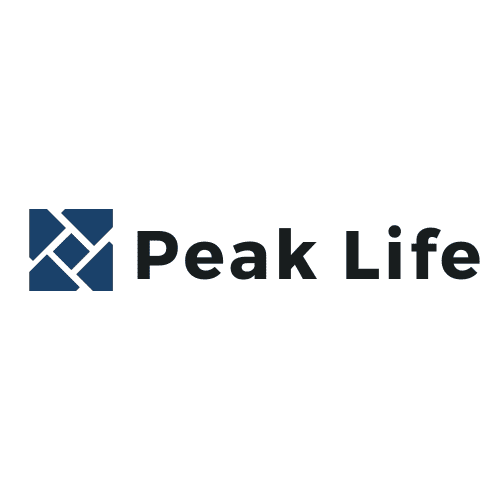The Productive To-Do List
This post contains affiliate links that help supports this blog and cost you the exact same. If you do not wish to use affiliate links, then feel free to google the product.
To-do lists are the backbone of the knowledge worker. They can drastically help with anxiety and reduce the worry about forgetting an important task. A well-organized to-do list can contain all of the items that need completing today, this week, and even the massive tasks that need to be completed this year.
With so much potential benefit to the To-Do List also comes the dark side of managing another list. While there is a typical way that most people make To-Do lists, I explore a better way in this article.
My Insane List
I will often run with a perfectly organized 38 item list of all my priorities. It is a blessing because as soon as I finish task number 4, I can go right onto task number 5. Then, with only 33 more tasks to complete, I can have my entire list at the magical to-do list zero.
Wait a minute. How is having a 38 item to-do list even helpful? It isn’t.
The reality is you will NEVER get to item 38. A new higher priority task will always emerge once you finish the first few high-priority items on your list.
After years of trying my absolute best to stay on track with my list, I finally had enough. I realized my insane list wasn’t accomplishing anything except causing anxiety and making me feel like I would never get ahead. Which is the exact opposite of what my list was meant to help with.
The good news is there is a better way.
Creating a Productive To-Do List
When creating a to-do list, only include the items that truly matter and forget the rest.
The first filter to protect your time and focus is being selective of what goes on your list. If you do not need to do it, do not put it on your list.
Regardless of what you tell yourself, you will not magically have more time for it in the future. Instead, you will just be working on something else that is a higher priority.
And if the priority changes for something that was item 27, you will know. Someone will tell you.
To have a helpful to-do list, only write down the top items that need to be done. Try to focus on the tasks that will move the needle the most for your business, career, or life.
This may be the top 6, the top 3, or, if you are fortunate, the 1 task you need to complete.
Might-Do List
If forgetting about everything else on your to-do list causes panic, you can transfer them to a might-do list. I heard about this concept from the Youtuber Ali Abdaal. Having a might-do list removes the pressure you have to do it and allows for the reasoning that you might do it, but you also might not.
No Lack of Opportunities
If you are working at a growing and successful company, you will constantly have more inputs and opportunities than time to work on them. So be frugal with how you spend your focus and say yes or no immediately.
Do the Important Work
The purpose of priorities and a to-do list is just that, to prioritize. So it becomes imperative to work on the highest value work, period. The difficulty comes with people-pleasing.
Seldom do your co-workers, customers, and even your boss agree on the highest priority.
A great example is to imagine you are an author like George R.R. Martin.
What is more important, answering fans’ emails and creating video games or writing the final Game of Throne’s book? Obviously, it is finishing the series and giving us what we have been waiting years for, even if this comes at the expense of not answering the fan’s emails.
Writing books is the impactful work for an author, and without the books, there would be no fans.
Know your main priority
Your main priority must be aligned with your job description, and if you are unsure what your main priority is, then get clarification with your boss, and if you are the boss then reflect on what the most valuable use of your time is. If you don’t like your main priority based on your job description, you need to transition into a different role before you burn out.
Summary
-
To-do lists should not be a mile long
-
Only focus on the handful of the top priority tasks you need to complete.
-
Fewer, more impactful tasks are better than many shallow tasks
-
You will not have more time in the future
-
Ensure your main priorities are crystal clear







